- Stay Connected
 Abraham Lincoln
If given the truth, the people can be depended upon to meet any national crisis...
Abraham Lincoln
If given the truth, the people can be depended upon to meet any national crisis...
 Guildford news...
for Guildford people, brought to you by Guildford reporters - Guildford's own news service
Guildford news...
for Guildford people, brought to you by Guildford reporters - Guildford's own news service
Wild Surrey: Armed Nomad Invades Guildford Garden – A Look Back at 2023
Published on: 10 Mar, 2024
Updated on: 10 Mar, 2024
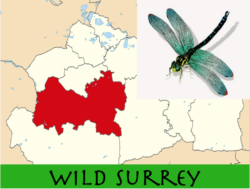 Notes from a wildlife enthusiast.
Notes from a wildlife enthusiast.
Harry Eve lives in East Horsley and is a keen naturalist. He has managed his garden as a habitat for wildlife for 30 years. It has been colonised by a number of rare and attractive bees, butterflies and other insects as well as being home to some interesting larger creatures and wildflowers. He advises East Horsley Parish Council on the management of Wellington Meadow and campaigns to conserve our local wildlife.
By Harry Eve
With Spring already underway, here is a selection of my wildlife highlights from last year. Many of the photos are from my wildlife garden.
It was a very good year for the Peacock, Gatekeeper and Holly Blue butterflies…
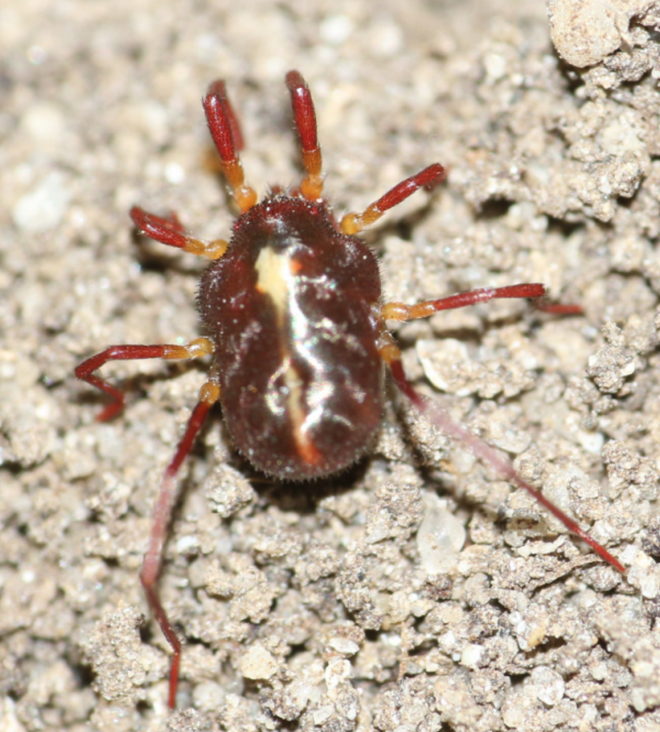
This strange, tiny creature was one of several seen crawling over a bare anthill. I am told that it is a mite of the family Erythraeidae.
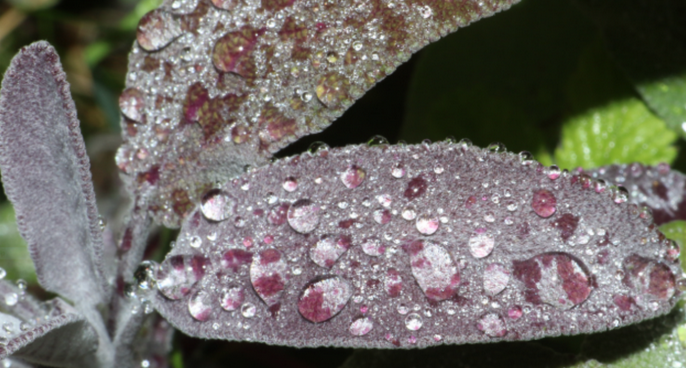
The brief time after summer rainfall, before the raindrops disappear, can produce some pleasing results. Sage leaves and rainfall produced this.
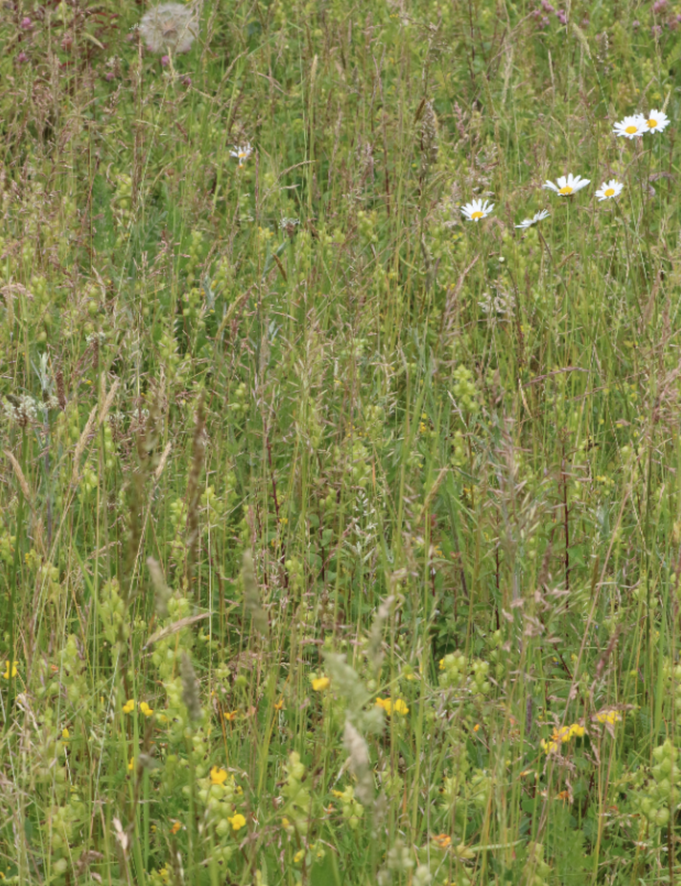
Yellow rattle in action, thinning out the vegetation in Wellington Meadow. If you look closely you can also see a few of the wide variety of grasses and wild flowers that are thriving at this site.
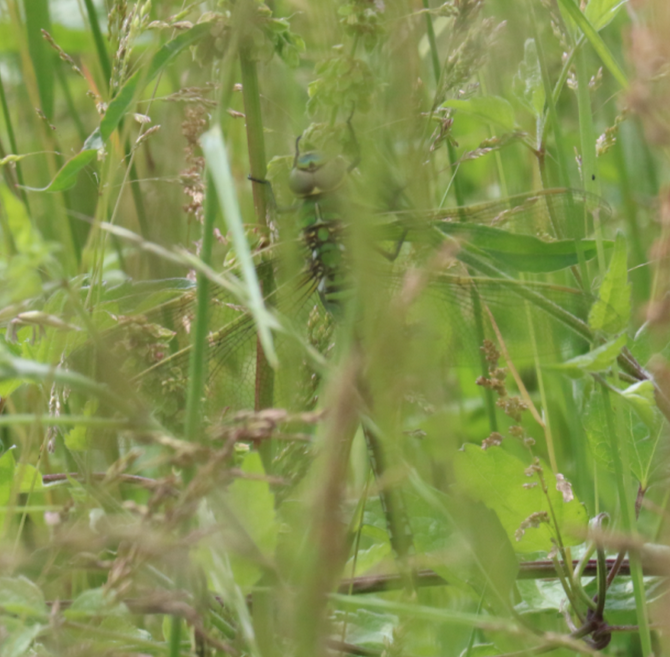
The vegetation was also providing a resting place for this Emperor dragonfly between its distinctive level, cruising flights around the meadow in search of insect prey.
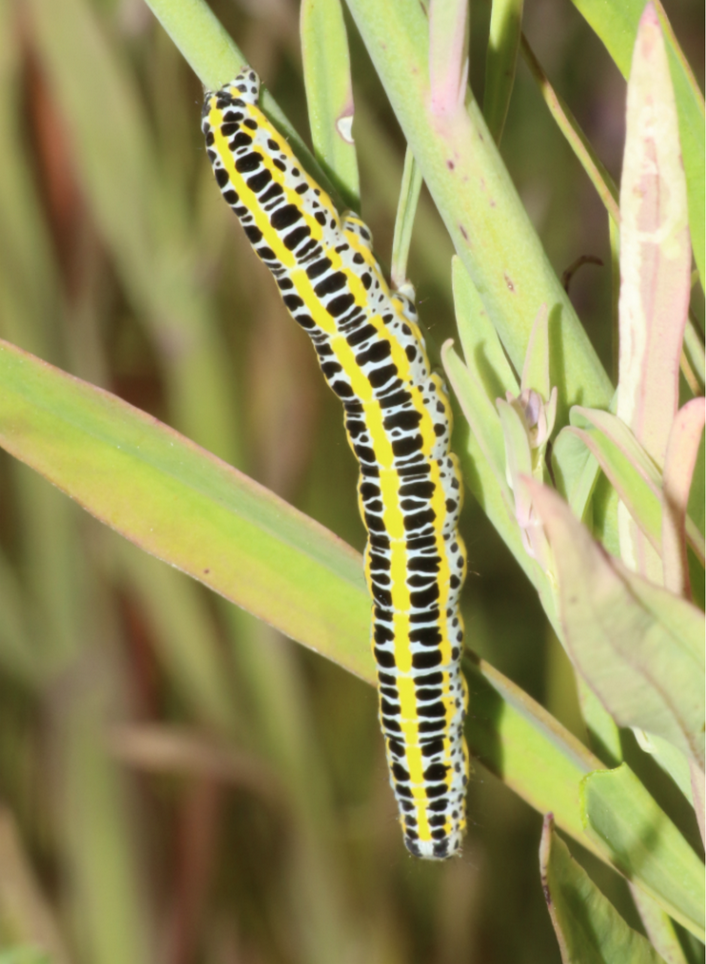
I found larvae of the toadflax brocade moth for the first time in my garden. Its foodplant, purple toadflax, rose considerably in my estimation of its value.
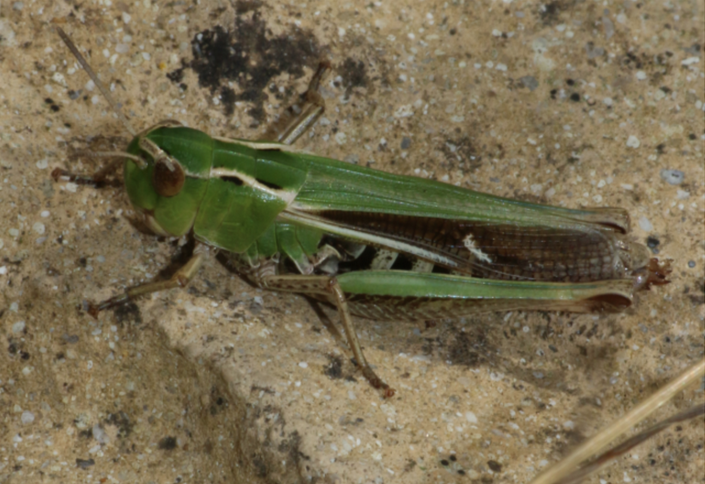
I was pleased to see the stripe-winged grasshopper continue to increase in numbers in my garden. But I was also delighted to see the return of the hornet robberfly which has been absent here for many years. It is a predator of grasshoppers and catches them in flight. Its larvae live in the dung of cattle and horses, feeding on beetle larvae, but modern treatments such as Ivermectin are toxic to these creatures that have the important environmental role of recycling droppings.
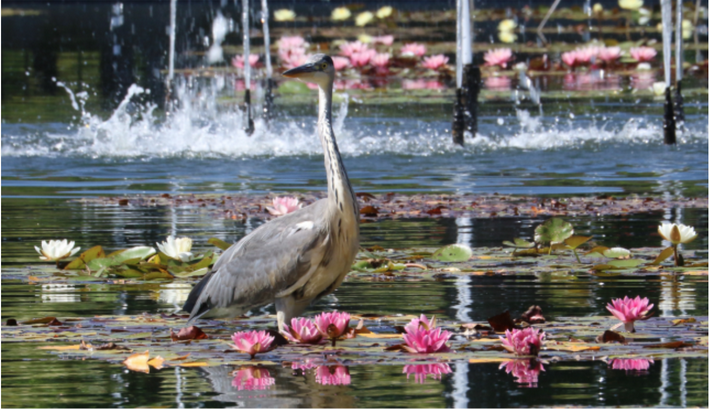
I do not often attempt to photograph birds but this Heron might have been offended if I ignored it. It was at Wisley Gardens.
But my highlight of the year was my first sighting of an Armed Nomad Bee which is a very rare kleptoparasite of the large Scabious mining bee. I believe it may be the first record for Surrey, at least in modern times.
The bee is considered to be very rare in Surrey but I think most of its remaining colonies in the county are in Guildford Borough and this demonstrates how important our remaining countryside is for nature’s recovery. I am fortunate to have a strong colony of the bee in my garden.



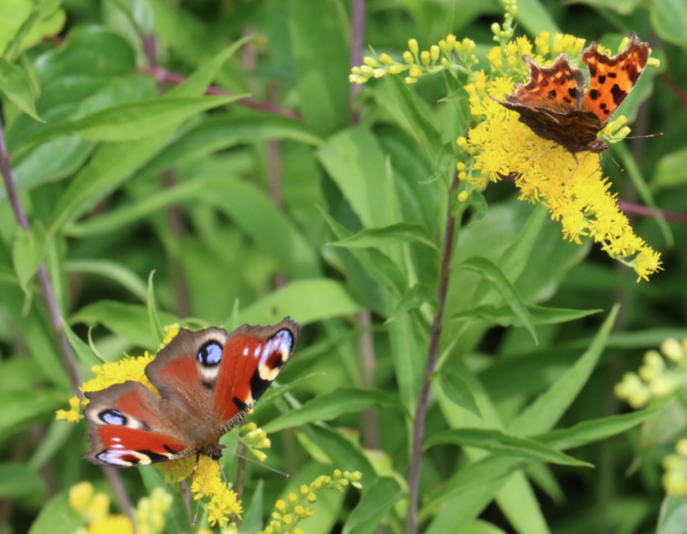
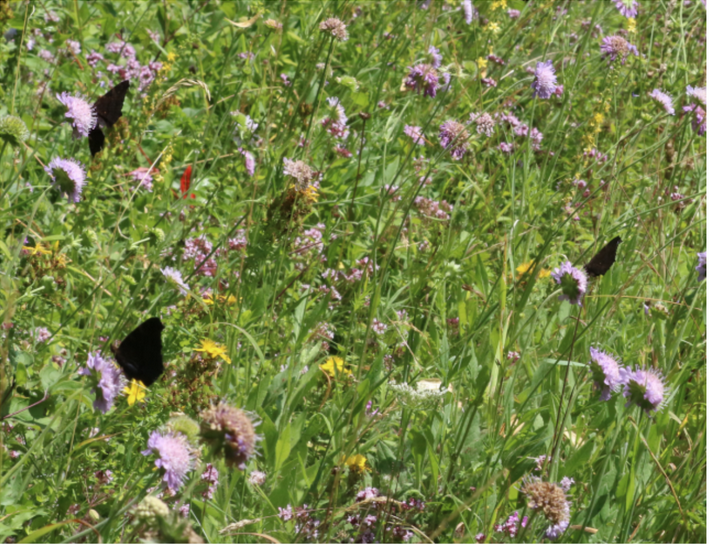
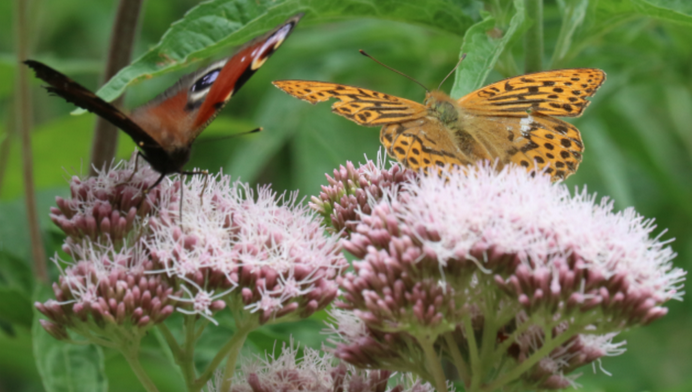


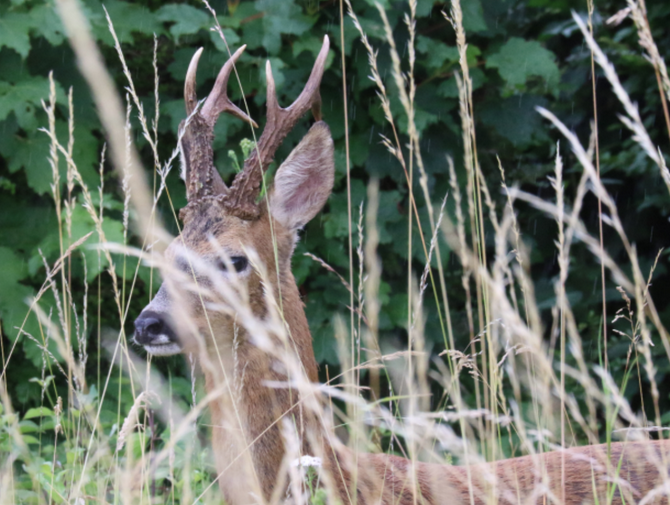
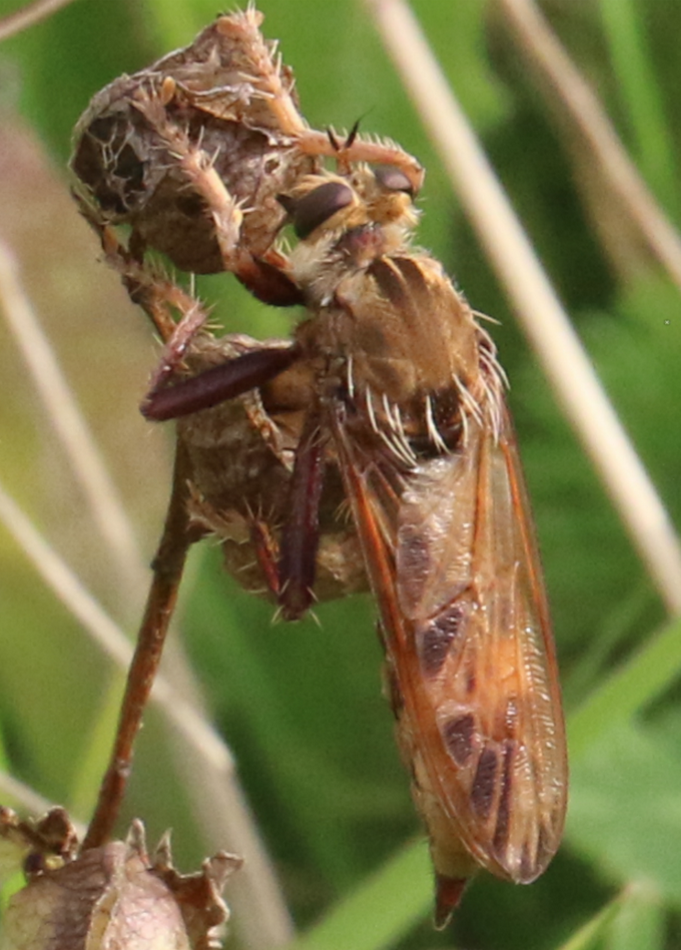
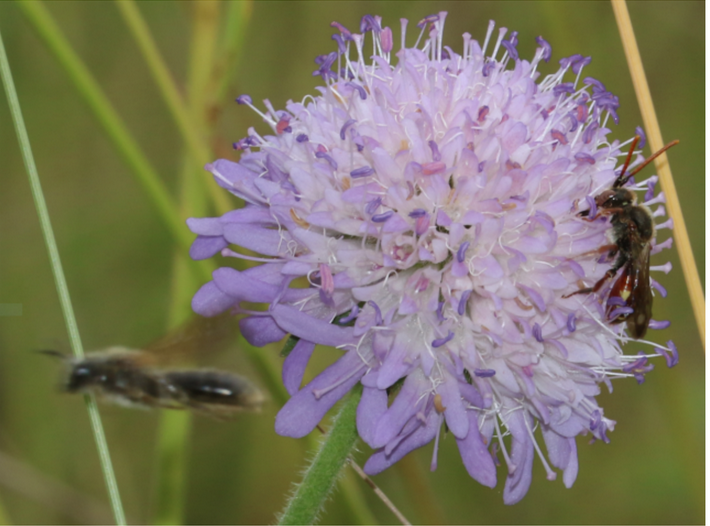









Recent Comments